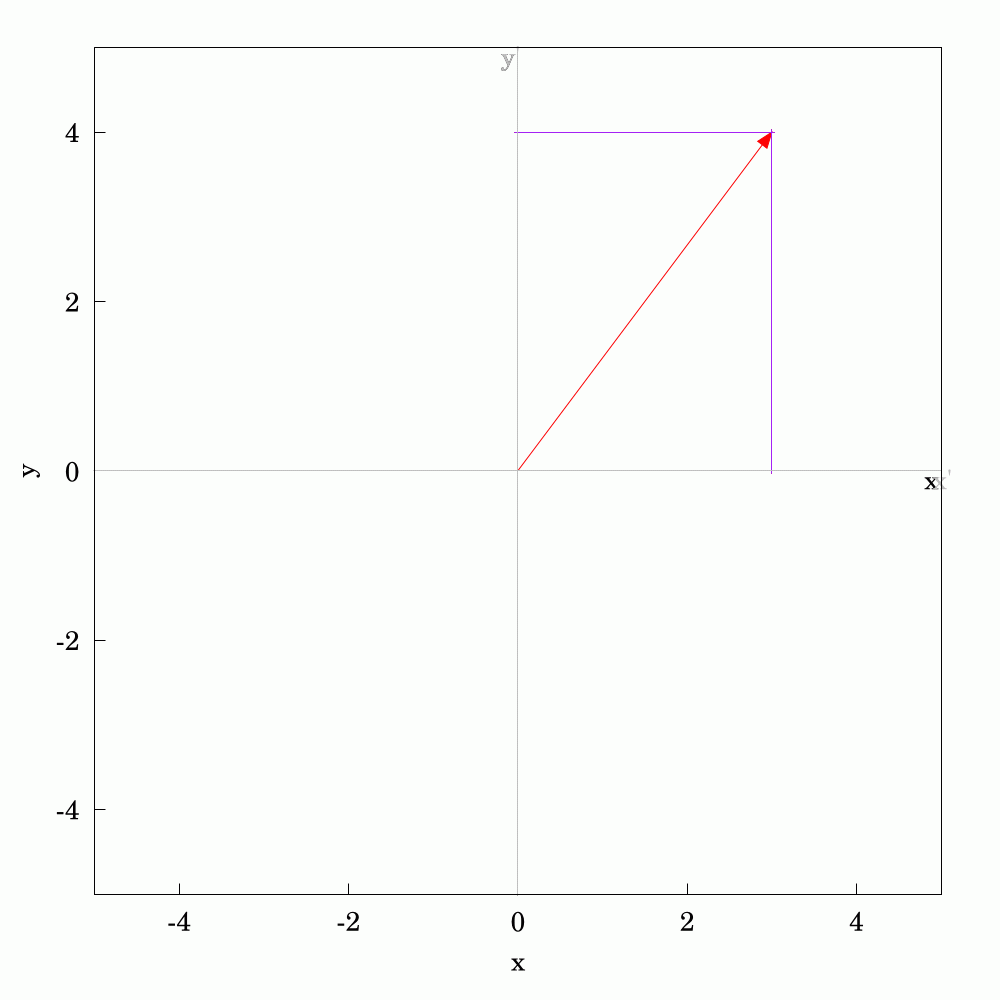Kleinere Erdbeben erschüttern eine Region in Österreich. Etwa 60 Ereignisse registrierten Fachleute bislang im Januar. Letztmalig geschah dort Vergleichbares vor über 100 Jahren.#Erdbeben #Beben #Geologie #Österreich #Bayern #Tirol #Pillersee #StJohann #Richterskala #Magnitude #Spürbar #GeosphereAustria #ErdeUmwelt
Erdbebenserie rüttelt Tirol
One person like that


